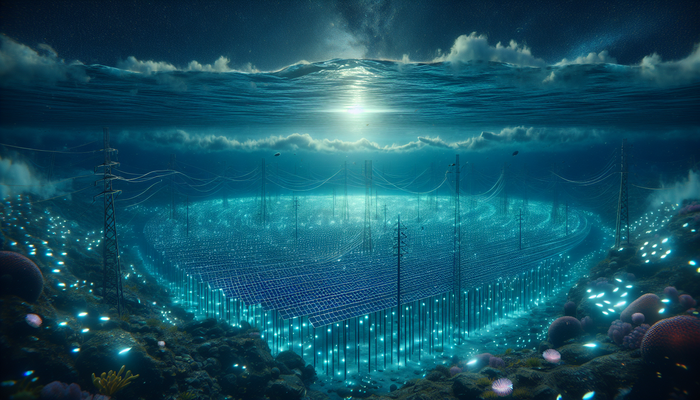Mike Cannon-Brookes, co-founder of Atlassian, has taken a pivotal step towards revolutionizing the supply of renewable energy from Australia to Asia through the ambitious SunCable project. This venture encompasses the creation of a monumental 20-gigawatt solar farm paired with a 4,300-kilometer undersea transmission cable, collectively dubbed the Australia-Asia PowerLink.
Scope and Scale of the Project
The Australia-Asia PowerLink is not just an impressive display of engineering and vision but also a beacon of potential economic and environmental benefits. Pegged at an estimated cost of $21 billion, the project aims to capitalize on Australia’s vast solar resources, providing a sustainable energy solution to meet Asia’s escalating electricity demands, notably in Singapore.
Economic Implications
Financial forecasts suggest an enormous revenue potential from this renewable venture. If the project manages to facilitate just 15% of cross-border renewable electricity trade, the annual revenue could soar to around $490 billion. This injection of clean energy into the market is poised to be a game-changer for the energy sector and could significantly fast-track the shift towards renewable energy across the region.
Challenges Ahead
However, the road to realization is strewn with notable challenges. Foremost among these is obtaining the necessary governmental green lights which pivot on stringent environmental and economic assessments. Additionally, the technological feat of manufacturing and laying the extensive 4,300-kilometer undersea cable, a cornerstone of this project, cannot be underestimated.
Potential Environmental and Geopolitical Impact
Beyond its economic benefits, the project holds substantial promise for environmental impact. By shifting reliance from fossil fuels to vast solar energy, the initiative can considerably mitigate carbon emissions. Moreover, such a substantial clean energy project could also reshape geopolitical dynamics in the region, potentially positioning Australia as a key power supplier to Asia and reinforcing global clean energy collaboration.
Conclusion
The Australia-Asia PowerLink represents a bold stride towards a cleaner and safer planetary future. This project not only underscores the potential of renewable energy in addressing massive demand but also highlights the collaborative path that nations can embark upon for a sustainable future. As the project progresses, it will be crucial to monitor its developmental milestones and the ways in which these challenges are navigated.
In the realm of global energy transformation, innovative and audacious projects like the SunCable initiative serve as a stark reminder of what is possible when technology, vision, and commitment converge. What are your thoughts on the potential impacts of the Australia-Asia PowerLink on the regional and global energy markets?
…
This article originally appeared on Medium.com. Click here to view the original article and to comment.
